_________________________________________________
YOU TUBE - http://www
.youtube.com/user/TravelsWithLobo
---------------------------------------------------------------------------------
One of Nature's Great Stories -- The Salute to the Sockeye Salmon
-------------
Distance driven from Prince George --- 750 km
-------------
Today I finally exchanged "Yours To Discover" for "Beautiful"!
The slogan on the Ontario License Plate is "Yours to Discover", whereas my new license plate now says "Beautiful British Columbia".
Only minutes after having tightened the last bolt on my back license plate, I was headed south on Highway 97 on a 12 hour trip that would definitely (if, there was any doubt) prove to me that British Columbia indeed is "beautiful".
Getting back to the license plate for a moment, it wasn't without a story.
In order to get an early start on my trip I actually got the safety check on my car and the license plate the proceeding afternoon
. I was surprised when the lady at the counter handed me a box of license plates and said, here chose your plate.
The license plates all ended with JMC, but there was a variety of number combinations available. I wanted something easy to remember so I flipped through the choices until I came across something even I couldn't forget-666 JMC.
Proud of my stroke of genius, I couldn't wait to tell Barbara about our new license plate. My satisfaction evaporated when she mumbled something about the numbers "666" having some type of satanic connotation, and she was not going to drive a car with those plates on it.
Next thing I knew, I was at the door of the BCAA at 09:00 the next morning to exchange the plates for something innocuous.
By 09:16, I had paid an extra $18 for the new license plates and I was on my way south on Highway 97.
My aim on this trip was two-fold
.
Firstly, to join Barbara in Kelowna, BC for the four days during which she was to attend a conference. This meant that I had to get to Kelowna International Airport by 15:20 the next day as I was to meet her at the airport.
The second aim was as a result of a stroke of good luck. During one of my frequent visits to the library, I happened to glance at the front page of the Vancouver Sun. It made reference to a salmon run which in my quick perusal of the article, led me to believe that it was the "mother of all salmon runs". All I had time for was to write down the name of Roderick Haig-Brown Provincial Park where the salmon run was taking place the first three weeks in October.
Later research revealed that the park was located between Kamloops and Salmon Run, just north of Squilax on the Trans Canada Highway.
Within the provincial park on the Adams River, one of the largest salmon runs in the province of British Columbia was taking place
. My excitement was further heightened by the fact that it was quite possible to change my route to Kelowna to take in this world class spectacle of nature.
If there was any doubt as to whether I was going there, it evaporated with the fact that this massive salmon run takes place every four years. If I didn't go this year I would have to wait until 2010!
In this age of instant gratification, this simply wouldn't do!
Nine hours south on scenic Highway 97, I found myself changing direction at Cache Creek. It is here that I headed east along the Trans Canada Highway.
At Cache Creek I also saw a peek into the future for the Husky Oil Company and its service stations. Ultra modern and intended to be one-stop shopping, with a large convenience store, trendy coffee shop and modern restaurant, it moved Husky far ahead of its competitors.
The Trans Canada Highway, at this point, runs along the Thompson Valley
. If the drive from Prince George to Cache Creek was scenic, this stretch along the Thompson River was downright breathtaking.
The green lush valley, with much evidence of irrigation, lends itself to agriculture and ranching. At the same time it is framed on both sides by steep mountains. Through this beautiful scenery wends the highway and the Canadian Pacific Railway.
Even as night fell, I could still see the wonderful silhouette of impacting scenery which made driving a real pleasure.
I arrived in Kamloops around 19:30 and was pleasantly surprised how beautiful and interesting this town of about 80,000 was. Its vibrant downtown helped me pass the evening hours and the spectacular library was open till 21:00 to catch up on my e-mail.
To get the maximum time out my stay at Roderick Haig-Brown Provincial Park, I wanted to get as close as possible to my destination
. That meant another hour of night driving to the small town of Chase, located on scenic Lake Shuswap for an overnight stay.
The next morning proved to be cloudy but it didn't matter for I was headed for what was billed as a "world famous salmon run" at Adams River.
A half hour drive from Chase will bring the traveler to the "holy grail" of salmon runs. I was somewhat concerned that, considering the run is ending on October 22, I would be a little late to see the real action.
From the time that I crossed the Adams River, where I stopped to take a peek, to the many accesses to the river that I encountered later, there was no disappointment. Only lots and lots of sockeye salmon can be found - either battling their way upstream, resting, mating or having already given up the ghost to their biological clocks.
Initial estimates went as high as 4 million salmon but about 1
.5 million turned out to be a more realistic number.
Yes, the shores and waters are littered with the carcasses of sockeye salmon which have come back to their final burial place. This of course is the same place where the rest of their confreres will also end up within weeks or less.
Nature takes its relentless course on these beautiful animals. Despite being remarkable for their brilliant crimson coloured bodies and greenish-yellow heads, at the end of their journey they are reduced to grey rotting carcasses which are seen and smelled everywhere.
It is interesting to note that the sockeye salmon only attain their characteristic crimson colour during their 21 grueling days of migration inland. In addition, the males also develop a humped back and hooked nose.
In a certain way, the spawning ground of Adams River is a sacred place invoking reflection on one's own mortality
. Our own life cycle may not be only four years, but nevertheless is just as finite.
On the other hand it invokes amazement at the dogged determination and ability of these fish to find their way from the vastness of the Pacific up the Fraser River, the Thompson River, the South Thompson, and eventually into the Adams River and the breeding grounds from which they spawned.
There are many theories regarding the ability of the ocean salmon to find their way back to the small creeks where they were born. Such theories involve the stars, magnetic fields of the earth, smell but who knows for sure. At least migrating birds have reference to geographical markers, or a gander who has made the trip several times, but the salmon in vast quantities of endless water with no apparent features have no such advantage.
Yes, there will be sockeye salmon returning next year but they will be in much diminished numbers
. For whatever reason, the main run takes place every four years with 2006 being such a year and the next major migration coming in 2010.
The event of course draws huge crowds of onlookers estimated to be in excess of 200,000. Weekends must be a zoo. Fortunately, on a Tuesday the only crowds that I was battling were hoards of elementary school students on a field trip of a lifetime accompanied by their young teachers.
I make this comment about "young teachers" as a retired high school teacher with some regret, for I note the passing and ravages of time in myself. I somehow felt closer to the sockeye salmon than I did to the young teachers, since that stage of my life had passed long ago.
I was impressed with the diligence of the elementary students who came equipped with their workbooks ready to observe and check off what they had seen.
I overheard one teacher saying to her students, "Do you see the salmon struggling up stream?" When the students replied "yes", they were told to "Check it off on your list of observations"
. I knew they were in good hands.
I must, however, thank the students who made me aware of the clusters of pink eggs which had just been spread on the rocky, shallow riverbed like so much caviar. These of course, are the future, the precious gift which the weary and battered sockeye leave as their legacy of a wonderful and remarkable life lived.
They are the survivors who, against all odds, returned to this sacred place.
Given the odds--the uncertainty of hatching eggs, the continual ravages of predators faced both in their two years spent in fresh water and the two years spent in the Pacific, not to mention the fishing nets which are in continual wait, plus the grueling migration back to Adams River--- this is truly one of nature's great stories.
I can only say, what a pity, that one of these great animals could not tell its own story. What a tail, sorry- I mean "tale", that would make!
_________________________________________________
YOU TUBE - http://www
.youtube.com/user/TravelsWithLobo
---------------------------------------------------------------------------------
One of Nature's Great Stories
Wednesday, October 18, 2006
 Adams River, British Columbia, Canada
Adams River, British Columbia, Canada
Other Entries
-
1Bear Alley - Highway 37 to Stewart/Hyder Alaska
Oct 0414 days prior Stewart BC, Canadaphoto_camera35videocam 0comment 2
Stewart BC, Canadaphoto_camera35videocam 0comment 2 -
2Stewart BC -- Historic Gateway to Alaska
Oct 0513 days prior Stewart BC, Canadaphoto_camera34videocam 0comment 2
Stewart BC, Canadaphoto_camera34videocam 0comment 2 -
3Stewart BC -- Ripley Creek Inn and the Estuary
Oct 0513 days prior Stewart BC, Canadaphoto_camera41videocam 0comment 0
Stewart BC, Canadaphoto_camera41videocam 0comment 0 -
4Hyder, Alaska -- Fish Creek and Salmon Glacier
Oct 126 days prior Hyder, United Statesphoto_camera59videocam 0comment 3
Hyder, United Statesphoto_camera59videocam 0comment 3 -
5One of Nature's Great Stories
Oct 18 Adams River, Canadaphoto_camera63videocam 0comment 0
Adams River, Canadaphoto_camera63videocam 0comment 0 -
6Prince Rupert -- The New World Port
Jan 1488 days later Prince Rupert, Canadaphoto_camera3videocam 0comment 0
Prince Rupert, Canadaphoto_camera3videocam 0comment 0 -
7Prince Rupert: Sinking of the Queen of the North
Apr 03167 days later Prince Rupert, Canadaphoto_camera3videocam 0comment 0
Prince Rupert, Canadaphoto_camera3videocam 0comment 0 -
8On The Road Again - Northwest Territories
Jun 20245 days later Prince George, Canadaphoto_camera1videocam 0comment 0
Prince George, Canadaphoto_camera1videocam 0comment 0 -
9Prince George to Dawson Creek - DAY 1
Jun 21246 days later Dawson Creek, Canadaphoto_camera38videocam 0comment 0
Dawson Creek, Canadaphoto_camera38videocam 0comment 0 -
10Dawson Creek to Fort Nelson - Day 2
Jun 23248 days later Fort Nelson, Canadaphoto_camera55videocam 0comment 0
Fort Nelson, Canadaphoto_camera55videocam 0comment 0 -
11The Liard Highway - Day 3
Jun 23248 days later Fort Liard, Canadaphoto_camera73videocam 0comment 2
Fort Liard, Canadaphoto_camera73videocam 0comment 2 -
12Fort Simpson to Yellowknife - Day 4
Jun 24249 days later Yellowknife, Canadaphoto_camera61videocam 0comment 0
Yellowknife, Canadaphoto_camera61videocam 0comment 0 -
13Yellowknife - The Old Town - Day 5
Jun 26251 days later Yellowknife, Canadaphoto_camera41videocam 0comment 1
Yellowknife, Canadaphoto_camera41videocam 0comment 1 -
14Yellowknife - The New Town - Day 5
Jun 26251 days later Yellowknife, Canadaphoto_camera41videocam 0comment 0
Yellowknife, Canadaphoto_camera41videocam 0comment 0 -
15Yellowknife - Frame Lake - Day 5
Jun 26251 days later Yellowknife, Canadaphoto_camera53videocam 0comment 0
Yellowknife, Canadaphoto_camera53videocam 0comment 0 -
16Yellowknife - The Legislative Assembly
Aug 04290 days later Yellowknife, Canadaphoto_camera30videocam 0comment 1
Yellowknife, Canadaphoto_camera30videocam 0comment 1 -
17Yellowknife - Prince of Wales Northern Heritage Ct
Aug 06292 days later Yellowknife, Canadaphoto_camera22videocam 0comment 0
Yellowknife, Canadaphoto_camera22videocam 0comment 0 -
18On The Road Again - Discovery Coast
Aug 12298 days later Prince George, Canadaphoto_camera0videocam 0comment 0
Prince George, Canadaphoto_camera0videocam 0comment 0 -
19Discovery Coast Passage - Part 1 of 12
Aug 20306 days later Alexis Creek, Canadaphoto_camera55videocam 0comment 0
Alexis Creek, Canadaphoto_camera55videocam 0comment 0 -
20Discovery Passage - Part 2 of 12
Aug 20306 days later Tatla Lake, Canadaphoto_camera57videocam 0comment 2
Tatla Lake, Canadaphoto_camera57videocam 0comment 2 -
21Heckman Pass to Bella Coola - Part 3
Aug 20306 days later Tweedsmuir Provincial Park, Canadaphoto_camera62videocam 0comment 2
Tweedsmuir Provincial Park, Canadaphoto_camera62videocam 0comment 2 -
22Bella Coola - the Port - Part 4
Aug 25311 days later Bella Coola, Canadaphoto_camera26videocam 0comment 0
Bella Coola, Canadaphoto_camera26videocam 0comment 0 -
23The Discovery Coast Passage - Part 5
Aug 27313 days later Bella Coola, Canadaphoto_camera80videocam 0comment 3
Bella Coola, Canadaphoto_camera80videocam 0comment 3

 Adams River, British Columbia, Canada
Adams River, British Columbia, Canada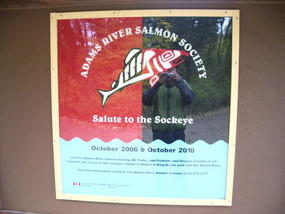
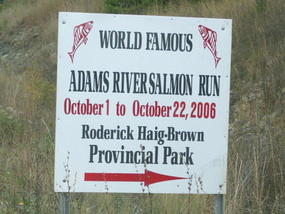
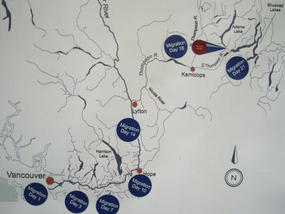
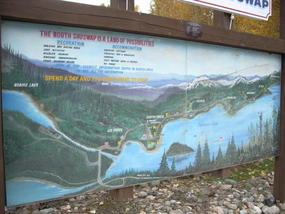
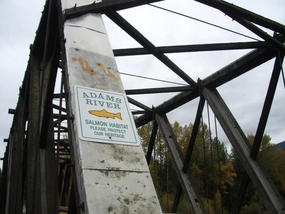
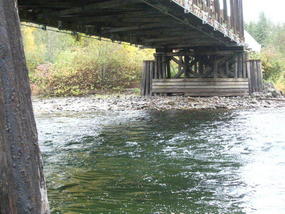
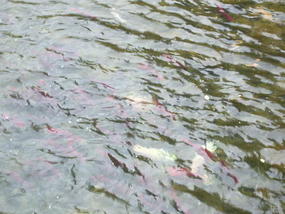
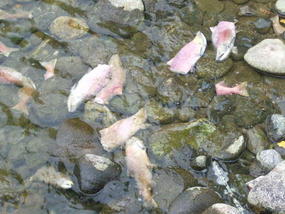
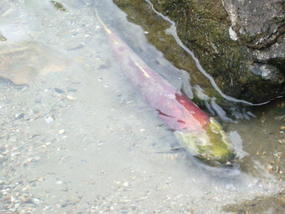
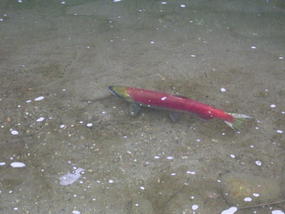
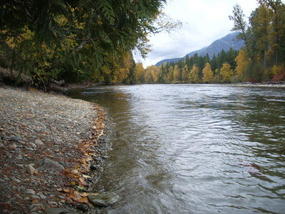


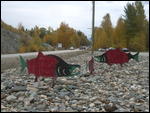
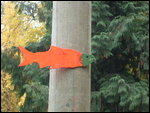

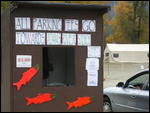
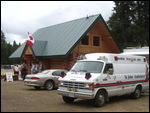
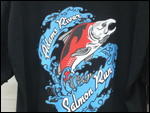
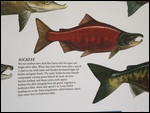
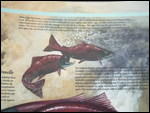
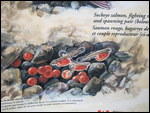
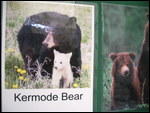
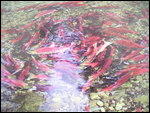
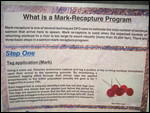
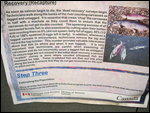
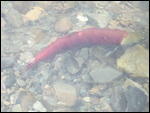
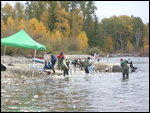
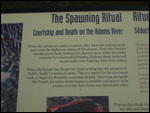
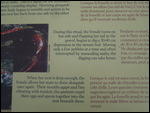
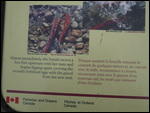
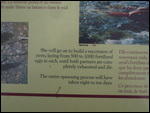
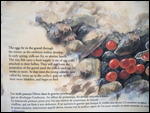

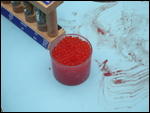
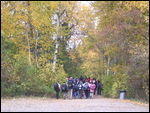
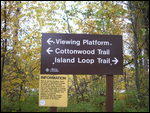
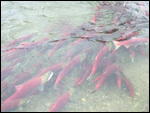
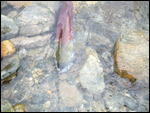
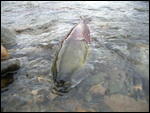


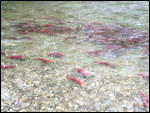
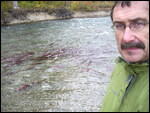
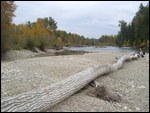
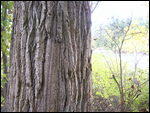
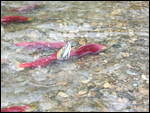
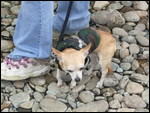
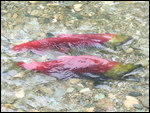
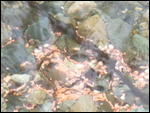
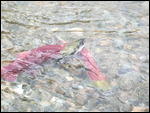
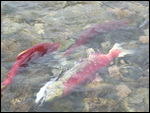
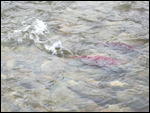
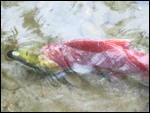
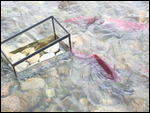
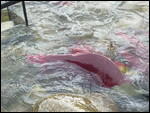

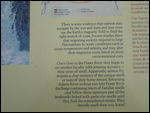
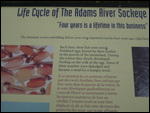
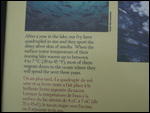
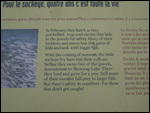
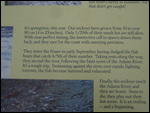
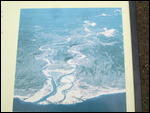
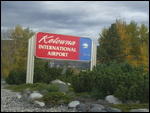
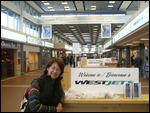
2025-05-22